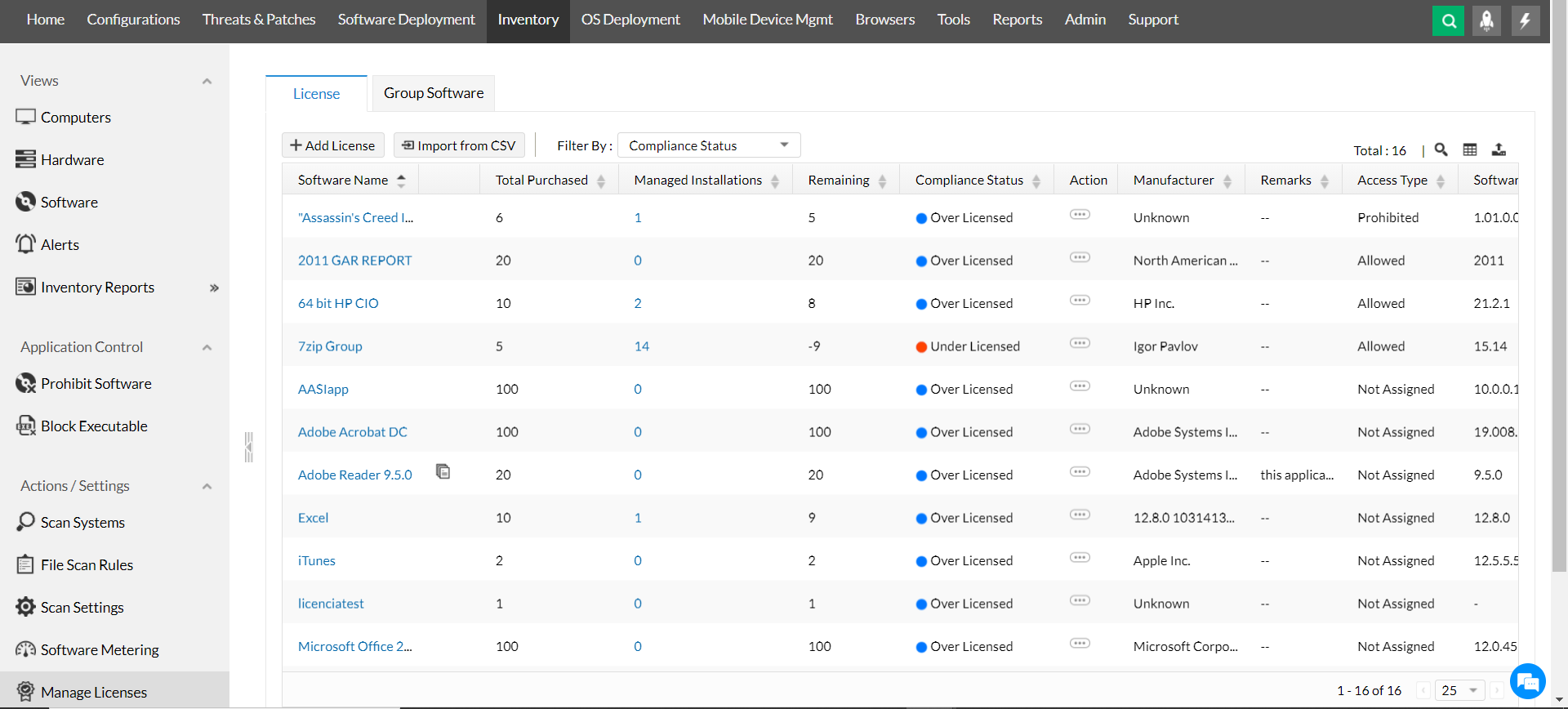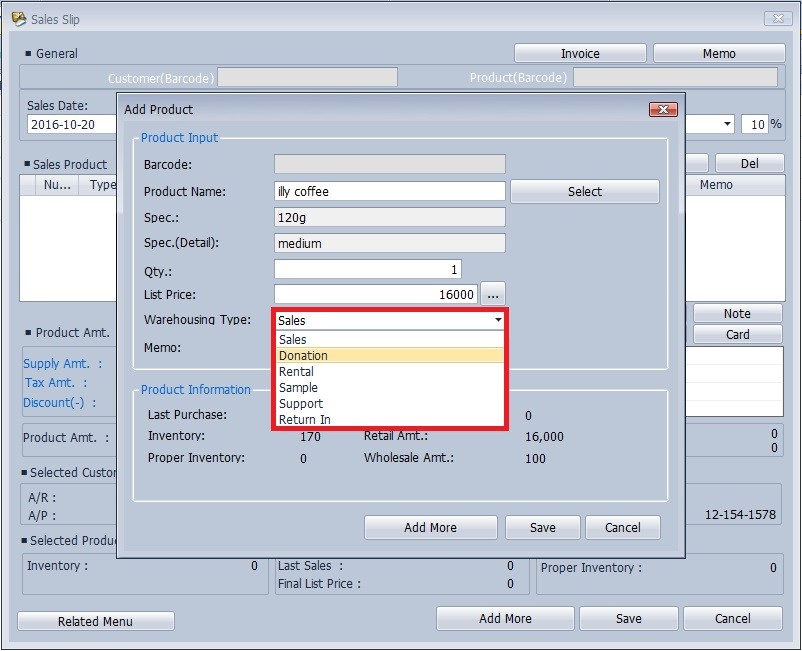

What they need is the time, training, and resources to do more with what they have. “They don’t have to make another investment. “More often than not, they will find that the CMMS has the capability to do what they need it to do it’s just not being used in that manner,” he says. Bagadia surveyed 299 industrial maintenance professionals who oversaw 938 plant assets on average, to learn more about the obstacles large-scale plant managers face when implementing CMMS programs. “I knew that it was going to be a high percentage, but I didn’t know it was going to be that high,” he says. Most CMMS systems are too complicated to use effectively. Approximately 90 percent of plant maintenance managers say they are not using their CMMS at its maximum capability, according to a Reliable Plant survey conducted by educator Kris Bagadia. Ease of use is one of the leading factors of successful CMMS implementation. We can’t emphasize this enough-don’t invest in software that requires a MENSA membership for mastery.
Support Condition-Based Monitoring: Advanced CMMS platforms sync with sensor-technology to provide real-time insights into equipment wear, tear, and potential failures. #Inventory management software free spanish serial
Improve Asset Management: CMMS allows managers to catalog and track assets by location, category, serial number, date, and more. Simplify Bookkeeping: Accountants have easy access to asset information that informs capital expenditure decisions and tax reporting. Workers can digitally designate work orders as open, in progress, or closed, so managers always know what’s up. Increase Compliance: Digital audit trails allow managers to determine who completed what task and when. 
Translation: Important information arrives in real-time and never falls through the cracks.

Enhance Communication: MaintainX is the only provider that offers CMMS instant messaging within individual, group, and work-order chat threads.Improve Cost-Effectiveness: CMMS analytics provide management with insightful information that allows for better decision-making.Reduce Downtime: Technicians can report asset failures on-site from the convenience of their smartphones, reducing the length of equipment downtime.

Organize Inventory Management: Maintenance teams can track the movement of spare parts and reorder replacements, as needed. Streamline Preventive Maintenance: Operational managers can create, assign, and monitor work orders in one place. The advantage of cloud storage is unlimited scalability and accessibility. Databases for modern online maintenance systems are typically “in the cloud.” However, some older systems are still configured for in-house servers. Users have the option to limit user rights, create work order templates, and search filter specifications. Administrative Settings allow CMMS administrators to customize user-based permissions for various team members. For example, you might generate a report comparing the time and cost spent repairing an asset in 2019 versus 2020 before making a capital purchase decision. Reporting Dashboards synthesize your collected information into KPI-driven reports that can provide insight into process inefficiencies. Essentially, they are the smartphone and desktop screens that allow you to navigate features for recording equipment information creating, assigning, and tracking maintenance tasks monitoring inventory messaging maintenance technicians, and tracking asset history. Operator Interfaces are the core of the CMMS experience.








 0 kommentar(er)
0 kommentar(er)
